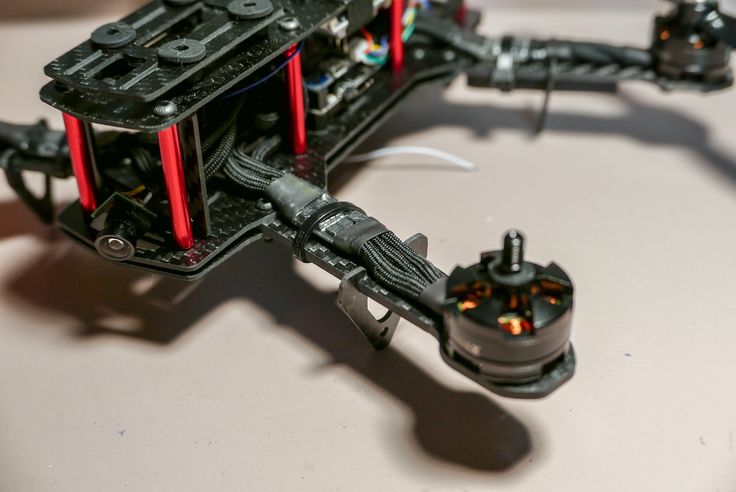Low Voltage Differential Signaling (LVDS) is a high-speed data transmission technique commonly used in digital communication systems. It works by transmitting data over a pair of conductors, using differential signaling, which means the data is sent as the voltage difference between the two wires, rather than with respect to a ground reference. Here’s a breakdown of how it works:
1. Differential Signaling:
- In LVDS, data is transmitted using two wires: one for the positive signal (usually called “P” or “+” line) and the other for the negative signal (usually called “N” or “−” line).
- The logic “1” and “0” are represented by the voltage difference between these two lines, rather than a single wire being either high or low relative to ground.
- For example, when one line is at +350 mV and the other at −350 mV, the voltage difference between the two is 700 mV, which is interpreted as a logic “1.” Conversely, a difference of −350 mV and +350 mV might be interpreted as a logic “0.”
2. Low Voltage:
- LVDS uses low voltage levels for communication, typically around 350 mV (hence “Low Voltage” in LVDS). This is much lower than other signaling methods like TTL (Transistor-Transistor Logic), which use voltage swings from 0 V to 5 V or higher.
- The low voltage swing makes LVDS more power-efficient, as less energy is used in switching the signals.
3. Differential Mode (Noise Immunity):
- One of the main advantages of differential signaling is noise immunity. Since both lines carry equal but opposite signals, any noise or interference that affects the transmission line will likely affect both wires equally. The receiver then measures the difference between the two signals, which cancels out the common-mode noise (e.g., from external sources) that affects both lines.
- This is a key reason why LVDS can operate reliably at high speeds and over longer distances compared to single-ended signals.
4. High-Speed Data Transfer:
- LVDS is capable of supporting high data transfer rates—often in the range of hundreds of megabits to several gigabits per second (Gbps)—with relatively low power consumption.
- It is commonly used for applications that require high bandwidth but must avoid power-hungry or noisy solutions, such as display interfaces (e.g., LVDS for LCD panels), high-speed data buses, and communications between integrated circuits.
5. Transmitter and Receiver:
- Transmitter: An LVDS transmitter takes a digital signal and drives the two wires (P and N) with a differential voltage. The transmitter ensures that the signals are clean and the voltage difference is within the specified range.
- Receiver: An LVDS receiver detects the voltage difference between the two lines and interprets it as a logic level. The receiver must have the ability to correctly interpret the small differential voltage (typically 350 mV) and reject any common-mode noise.
6. Termination:
- LVDS systems typically require proper termination at the receiver end to avoid signal reflections, which can distort the transmitted data. A common termination method is to use a resistor (often 100 Ω) placed between the two signal lines at the receiver end, matching the impedance of the transmission lines to prevent signal loss.
Key Advantages of LVDS:
- Low Power Consumption: The small voltage swing means less power is dissipated in the transmission process.
- High Speed: LVDS can support very high-speed data transmission, making it ideal for applications like video display interfaces, high-resolution sensors, and high-speed communications.
- Noise Immunity: The differential nature makes LVDS resilient to electromagnetic interference (EMI) and crosstalk, ensuring reliable data transfer over long distances.
- Reduced EMI: The small voltage swings and differential nature of LVDS reduce electromagnetic emissions compared to single-ended transmission methods.
Common Uses:
- Display Interfaces: LVDS is widely used in high-definition video transmission, such as in laptop screens, TVs, and camera interfaces.
- Networking: It is also used in high-speed communication systems (e.g., between chips on a motherboard, or in backplane networks).
- Data Acquisition Systems: LVDS is employed in applications requiring fast and accurate data transfer, like in scientific instruments, industrial control systems, and automotive systems.
Summary:
In essence, LVDS works by sending data as a differential signal across two wires with low voltage swings, providing high-speed, power-efficient, and noise-resistant data transmission. It’s particularly beneficial in environments where electromagnetic interference and high-speed performance are critical.




